| CLICK HERE FOR INDEX PAGE | |
| KEVLAR® AND MODERN CARS | |
| V. Ryan © 2011 | |
| PDF FILE - CLICK HERE FOR PRINTABLE WORKSHEET | |
|
Modern luxury cars, rely on the use of materials such as carbon fibre and kevlar®, to ensure that they are lightweight and fast. These materials can be formed into more interesting and ‘sporty’ body shapes, than traditional materials, such as sheet steel and aluminium. Furthermore, kevlar® has many other uses including; brake pads, alternator belts, gaskets, clutch plates, hoses and even tires. |
|
 |
|
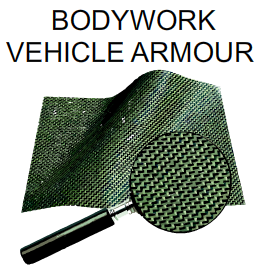 |
Kevlar® can be formed into detailed shapes, allowing streamline / sporty car body designs. Layers of kevlar® and resin are built up in a mould, forming lightweight and strong body panels. Kevlar® is able to withstand forces that would damage traditional steel and aluminium body panels. It is tear resistant and has a higher resistance to scratches. It offers much greater protection to the driver in the event of an accident. This why it is used in Formula One Racing Cars |
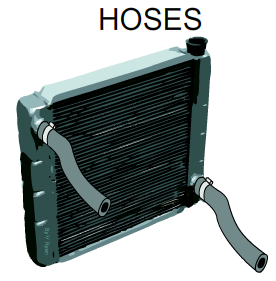 |
Kevlar® is used in the
manufacture of superior hoses, used to connect car radiators / coolant
system to the engine unit (normally for luxury sports cars and racing
cars). These hoses are much stronger than common hoses and able to cope
well with the temperature fluctuations, experienced during engine use.
Kevlar® hoses last longer than traditional hoses, due to their enhanced
resistance to chemicals. Kevlar ® is also used to manufacture transmission and turbo-charger hoses. |
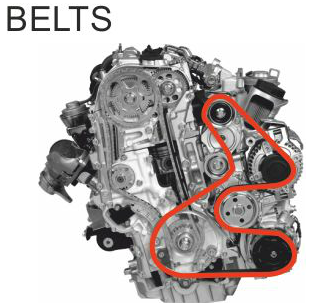 |
Belts are used to transmit motion from a rotating part of an engine to another part. In this way power is transferred. Alternator and timing belts are two important belts found in most car engines. They rotate millions of times during their lifetime and must remain strong and flexible. Common belts are manufactured from rubber composites. However, with kevlar® reinforcement, further resistance to wear is added, ensuring that the correct tension and shape is maintained throughout its working life. Kevlar® reinforced belts are far superior to their rubber composite predecessors. |
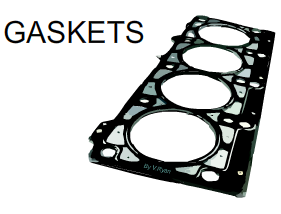 |
A car engine gasket, forms a seal between two parts, preventing pressure and oil loss. They are manufactured from rubber and a range of polymers. Gaskets reinforced by kevlar® are more chemical resistant, strong and durable, extending the life of the gasket. This leads to improved performance of the engine, during use. |
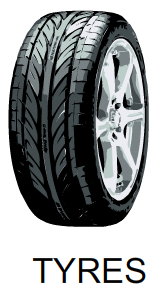 |
Kevlar® is used as a
reinforcement material for some car tyres and bicycle tyres. It helps
reduce puncture rates. This standard of tyre is more expensive than ordinary road tyres. They are of particular use with 4 x 4 vehicles, especially when the vehicle is being used off road and far away from recovery services. |
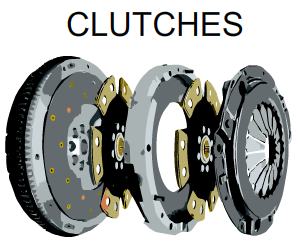 |
The clutch in a car, helps in the controlled transmission of power from the engine. Clutch pads are normally made from rubber composites and experience high temperatures and extreme friction stress ,when in use. Kevlar® reinforced clutch pads do not need replacing as often as normal pads, as they withstand high temperatures and retain their friction. |
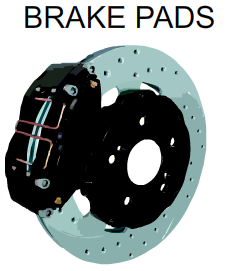 |
A car’s brake pads enable it to stop, by converting the movement of the wheels into heat. The pads are normally made from a composite of materials, including ceramics and metals. Pads manufactured from kevlar® pulp are more able to withstand the extreme temperatures generated when braking, without deteriorating. They last longer and provide smooth, consistent braking. |
| CAR BODY ARMOUR | |
| Kevlar® is used in the manufacture of body armour (panels) for lightweight military vehicles and luxury cars. Cars used by important politicians and ambassadors often have this level of protection. Kevlar® is used because it is lightweight and withstands attack from weapons such as RPGs and rifles. It protects the driver and passengers inside the vehicle from other forms of attack, including fire bombs. It is impact resistant and has good temperature resistance. | |
 |
|
| FORMULA ONE FUEL TANKS | |
| Formula One Racing Cars have
been known to crash at high speed and to burst into flames. This was
mainly due to the petrol tank being punctured and the fuel igniting /
exploding. Drivers have been seriously injured and killed in some cases. Modern Formula One Cars have kevlar ® reinforced petrol tanks. This type of tank is very difficult to puncture and they are so flexible, that a tank of this type can fit into an unusually shaped, confined space. Safety has been enhanced because of the level of protection that kevlar ® provides. |
|
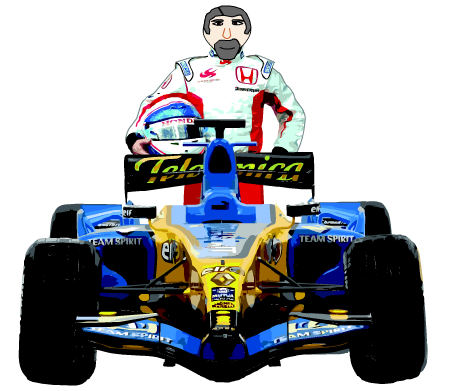 |
|
| CLICK HERE FOR RESISTANT MATERIALS INDEX PAGE | |